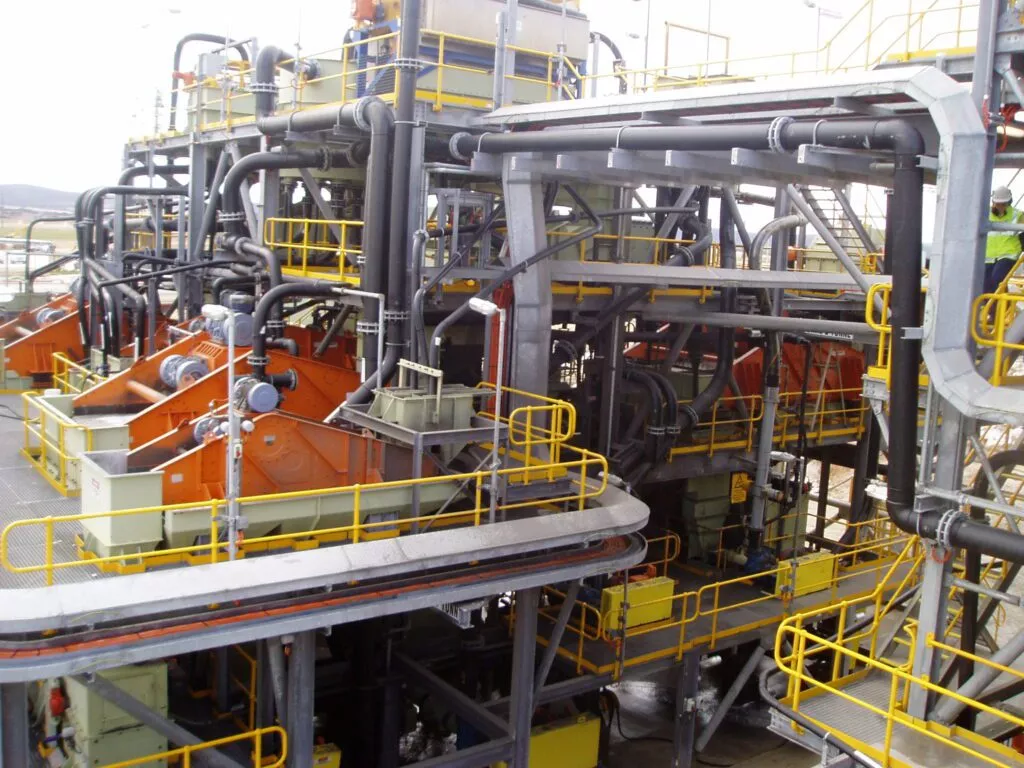One of the key components of running a safe and reliable mining operation is to work with rust and corrosion-free mining materials. Be it metal tubes, expansion joints, or wear linings, it is necessary to ensure that all materials come with adequate corrosion protection.
You have to understand that corrosion is a natural occurrence. It is caused by the reaction of environmental factors when they get in touch with certain metals. Rust and corrosion can result in safety issues and compromise the integrity of your materials and equipment. Corrosion not only alters the appearance of metals but additionally also reduces their strength and load-bearing capacity. Hence, investing in some corrosion prevention methods is important to extend the life of your mining materials.
Types of Corrosion Prevention Methods
Once metal corrosion sets in, maintenance repairs to overdrive only lead to additional costs. The best way to deal with such expenses is to carry out the methods to prevent corrosion. If you can prevent the damage from occurring, then you don’t need any solutions for it.
1. Barrier Coatings
One of the cheapest and easiest corrosion prevention methods is to use protective coatings like paint, powder, sprays, or plastic. These various coatings will act as a barrier against environmental factors and help prevent corrosion.
When applied to the metal body, paint acts as a protective coating against the electrochemical charge that comes from corrosive compounds. In today’s modern age, paint systems have become highly advanced. They are a combination of multiple layers – each serving a different function. The primer coat works as an inhibitor. The intermediate coast adds to the overall thickness of the paint. The final coat offers resistance to environmental factors.
For powders, you can use nylon, epoxy, and urethane. They stick to the metal surface and create a thin protective barrier.
However, the drawback of using barrier coatings is that they are short-term solutions. They need to be reapplied at regular intervals to maintain their effectiveness. Additionally, if costing is not applied correctly, it quickly fails and could result in increased levels of corrosion. These protective coatings also contain volatile organic compounds. Hence, they are not suitable for the environment.
2. Hot-Dip Galvanisation
This is one of the oldest corrosion prevention methods you will find. In this, steel structures are dipped into molten zinc. As a result, the iron in the steel reacts with the zinc, forming a tightly bonded alloy coating. This serves as protection against any form of corrosion. This particular process of corrosion protection has been around for close to 250 years and has been widely used to protect artistic sculptures and playground equipment.
The drawback of this type of corrosion prevention method is that it cannot be done on-site. The equipment or materials you want to protect must be removed from the site and treated in a facility. Sometimes, the equipment is too large and cannot be transferred. Hence, they are not suitable for this method.
Additionally, zinc can easily peel away or be chipped. Large amounts of exposure to environmental elements can also quicken the process of zinc wear, which means it will need increased maintenance.
And lastly, the galvanisation process releases highly toxic zinc fumes.
3. Alloyed Steel
One of the easiest answers to ‘how to prevent corrosion†is to use naturally corrosion-resistant metals. The most common options include aluminium and stainless steel.
Another excellent corrosion prevention method is to use alloyed steel. This type of metal combines the different properties of various metals, resulting in a stronger and more resistant metal. Alloyed steel can be made of different combinations. For example, combining nickel with chromium will lead to an alloy with nickel’s corrosion resistance and chromium’s oxidation resistance.
While using alloyed steel is highly effective, it is also expensive.
4. Cathodic Protection
The cathodic protection method prevents corrosion by electrochemical means. In this process, the active sites on a metal surface are converted to passive sites. This is done by gathering electrons from another source, such as galvanic anodes attached to or near the surface. Metals that can be used for this type of corrosion prevention method are aluminium, zinc, or magnesium.
The drawback of this is anodes get used up quickly, and they need to be checked or replaced frequently, increasing maintenance costs. Attaching the anodes to the metal surface also increases the structure’s weight and is unsuitable for high-resistivity environments.
At Australia Mining Services, we are advocates of safe mining practices. Hence, we always ensure that all our equipment and materials remain corrosion-free.

